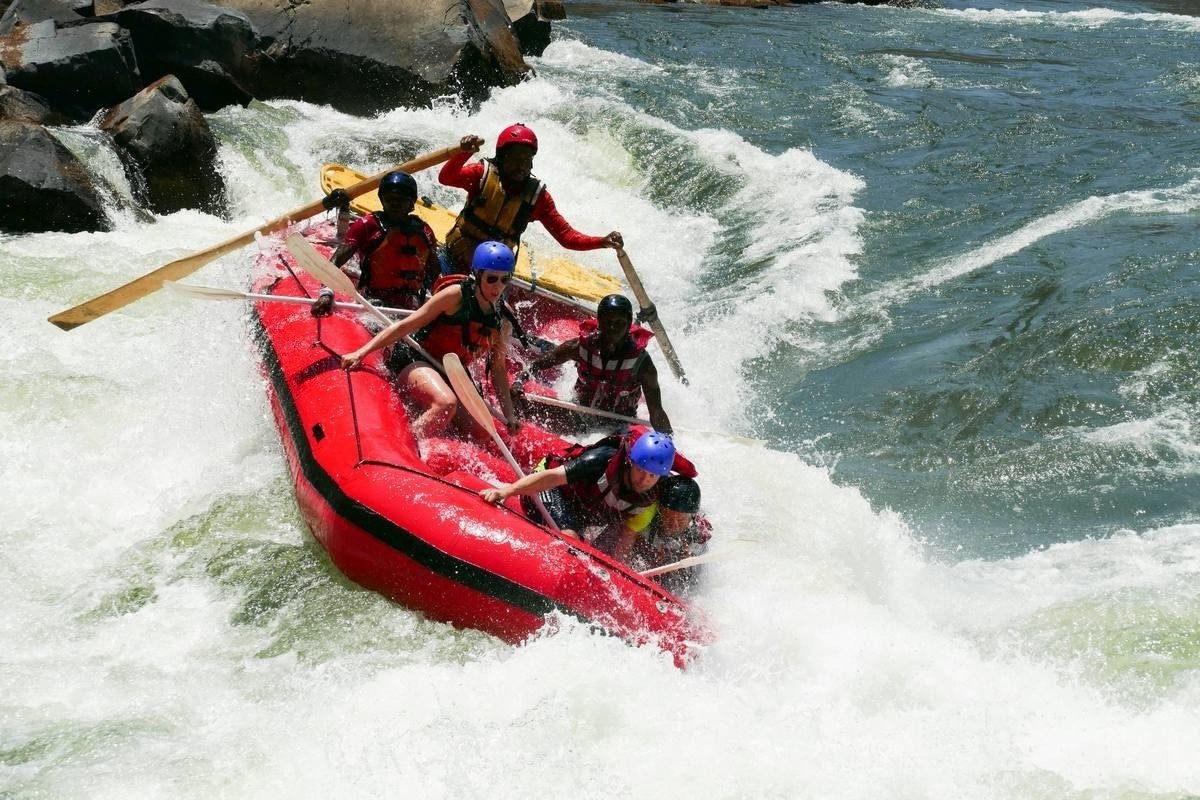
Rafts have been around for centuries, serving as simple yet effective means of transportation and survival. But what makes these floating platforms so fascinating? Rafts are not just for leisurely river rides; they have a rich history and a variety of uses that might surprise you. From ancient civilizations using them for trade to modern-day adventurers braving wild rapids, rafts have proven their versatility time and again. Whether you're curious about their construction, historical significance, or modern applications, there's a lot to learn about these buoyant wonders. Ready to dive into some intriguing facts about rafts? Let's get started!
What Are Rafts?
Rafts are simple, flat-bottomed boats that have been used for centuries. They can be made from various materials like wood, rubber, or even plastic. Let's dive into some fascinating facts about these versatile watercraft.
- Rafts are among the oldest types of watercraft, dating back to ancient civilizations.
- Early rafts were often made from logs tied together with vines or ropes.
- Modern rafts are typically inflatable and made from durable materials like PVC or Hypalon.
- Rafts are commonly used for recreational activities such as white-water rafting and fishing.
- They are also used in emergency situations for rescue operations and survival.
Types of Rafts
Rafts come in various shapes and sizes, each designed for specific purposes. Here are some interesting facts about different types of rafts.
- Inflatable rafts are popular for their portability and ease of storage.
- Wooden rafts are still used in some parts of the world for transportation and fishing.
- Catarafts have two inflatable pontoons and are known for their stability and speed.
- Self-bailing rafts have holes in the bottom to allow water to drain out, making them ideal for white-water rafting.
- Packrafts are lightweight, inflatable rafts designed for backpacking and adventure travel.
Rafting Adventures
Rafting is an exhilarating activity that attracts thrill-seekers from around the globe. Here are some facts about rafting adventures.
- The Colorado River in the United States is one of the most popular rafting destinations.
- Rafting can range from calm, scenic floats to intense, adrenaline-pumping rapids.
- The International Scale of River Difficulty classifies rapids from Class I (easy) to Class VI (extremely dangerous).
- Rafting trips can last anywhere from a few hours to several days, depending on the river and the experience level of the participants.
- Safety gear such as life jackets, helmets, and paddles are essential for a safe rafting experience.
Rafts in Popular Culture
Rafts have made their way into various forms of media and popular culture. Here are some fun facts about rafts in movies, books, and more.
- The movie "The River Wild" features thrilling white-water rafting scenes.
- Mark Twain's "The Adventures of Huckleberry Finn" prominently features a raft as a means of transportation.
- Rafts are often used in survival shows and movies to depict escape or rescue scenarios.
- The TV show "Survivor" frequently uses rafts in its challenges and competitions.
- Rafts have been featured in video games like "The Legend of Zelda: Breath of the Wild."
Rafting Safety
Safety is paramount when it comes to rafting. Here are some important facts about staying safe on the water.
- Always wear a life jacket, regardless of your swimming ability.
- Helmets are crucial for protecting your head from rocks and other obstacles.
- It's essential to listen to your guide and follow their instructions carefully.
- Never go rafting alone; always go with a group or a professional guide.
- Check the weather and water conditions before embarking on a rafting trip.
Environmental Impact of Rafts
Rafts can have both positive and negative impacts on the environment. Here are some facts about the environmental aspects of rafting.
- Rafting can promote environmental awareness and conservation efforts.
- However, irresponsible rafting can lead to pollution and damage to natural habitats.
- Many rafting companies follow Leave No Trace principles to minimize their environmental impact.
- Some organizations offer eco-friendly rafting trips that focus on sustainability and conservation.
Rafts: More Than Just Floating Platforms
Rafts aren't just simple floating platforms. They’ve played a crucial role in human history, from ancient times to modern adventures. Whether used for survival, exploration, or recreation, rafts have proven their versatility. They’ve helped people cross treacherous waters, provided a means for fishing, and even served as a platform for thrilling white-water rafting experiences.
Understanding the different types of rafts and their uses can enhance your appreciation for these remarkable vessels. From inflatable rafts perfect for a weekend getaway to traditional wooden rafts that harken back to ancient times, each type has its unique charm and purpose.
Next time you see a raft, remember its rich history and the many ways it has served humanity. Who knows, maybe you'll be inspired to embark on your own rafting adventure!
Was this page helpful?
Our commitment to delivering trustworthy and engaging content is at the heart of what we do. Each fact on our site is contributed by real users like you, bringing a wealth of diverse insights and information. To ensure the highest standards of accuracy and reliability, our dedicated editors meticulously review each submission. This process guarantees that the facts we share are not only fascinating but also credible. Trust in our commitment to quality and authenticity as you explore and learn with us.
